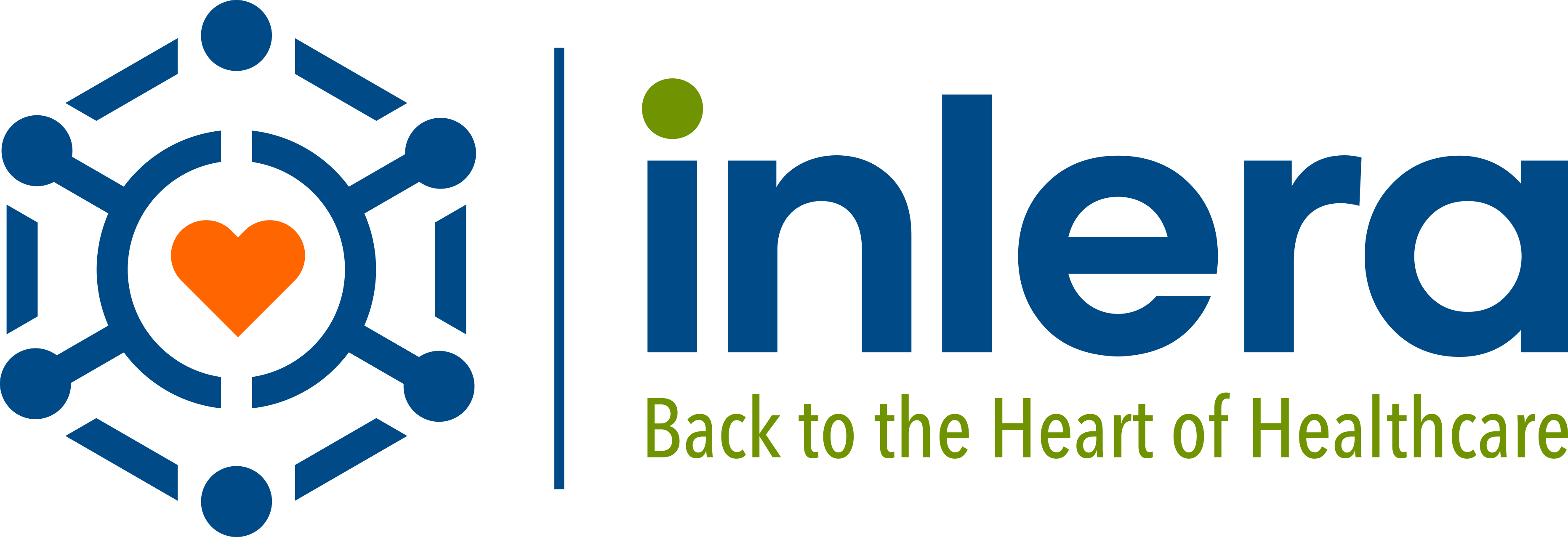
It’s a familiar scene. You’ve just finished a staff meeting and everyone feels great. You discussed some current challenges and came up with excellent solutions to overcome them.
You talked about big picture ideas to grow your practice and the staff seemed really excited about diving into the execution.
Everyone’s walking on clouds, thinking about all that’s possible for the future.

Now, let’s fast forward two months. Be honest: how much from that awesome meeting was actually implemented?
If you’re like most practices, your answer ranges from “not much” to “nothing at all.”
The gap between strategizing and taking action lies in having a concrete plan.
It’s likely that during your meeting, nobody took charge or made notes about who should do what next. As a result, the great convos and ideas got lost into thin air.
Nobody knew what they needed to do to move the project forward.
This is exactly why I love project management software so much. Project management programs put a backbone into the business management side of your practice. Because after all, healthcare is a business too!
Project management software provides an incredible amount of assistance when it comes to turning ideas into actions. And best of all, it’s extremely reasonably priced (some great programs are even free!)
What is Project Management Software?
Project management software allows you to take a birds-eye view of your projects. It’s a program (usually cloud-based) that allows you to break your projects into smaller, bite-size chunks and assign each chunk, or “task,” to a person. You also assign due dates for each task to ensure the project keeps moving forward.
Seeing the entire project in one place not only assigns accountability to each step of the project, it also keeps the project organized. Instead of having notes all over the place, using this software gives you a central location for everything related to the project.
What Types of Projects Does It Help With?
This software is so versatile, you can use it to help with both day-to-day operations and big, intimidating, long-term projects. Here are two examples to show how it helps with each:
Large Projects
Let’s pretend you’re redoing your waiting room. Project management software would help every step of the way.
Your project management software would first help with gathering and organizing your ideas. You could create a task within your project management software called “Ideas for Waiting Room” where everyone can upload their ideas, design inspiration, photos, links, videos, etc. At the next meeting, you could pull up the task and talk about the various ideas.
Once you’ve reviewed the ideas and created a plan for the redesign, project management software helps you break it down into smaller, actionable pieces. It’s difficult to act on a big task like “finalize design ideas” but it’s easy to do things like “decide on paint color,” “select top three chair styles,” and “determine where magazine rack will be located.”
You’ll hold your staff accountable by assigning each task to one person. Jenny might be assigned the task of setting up a meeting with the contractor, while Aaron needs to write up a notice telling patients about your remodel plans, print it out, and display it at the front desk. You’ll also keep staff accountable by assigning dates for each task to be completed, to stick to your timelines.
Using the same procedure during every step of the redesign, you’ll keep your staff on the same page and working together to complete the project.
Have you ever used project management software before? What results did you have — positive and negative? Are there any other programs you love that aren’t included in this list? Let us know in the comments.
Have you downloaded our white paper, 5 Strategies to Accelerate Cash Flow & Increase Profits yet? We’re sharing smart, practical ideas (like project management software) that help move your practice forward and increase your bottom line. Click here for instant access.
Smaller Projects
Project management software is equally efficient for keeping on top of normal day-to-day operations. Here are a few ways it can help:
- Reduce stress — Having a system that keeps track of your tasks takes the pressure off your brain to remember everything. It’s much easier having a checklist of to-dos than trying to remember everything that needs to be done.
- Keep on top of inventory —Assign recurring tasks to review the inventory of important items like prescription pads, to ensure you never run out.
- Distribute an employee’s workload— If a staff member calls out sick or suddenly leaves your team, it’s no sweat. You can easily open their task list within the software and delegate their tasks to different staff members.
- Centralize information — Keep your notes in one place, so you can easily search through your projects to find what you need.
- Motivate staff — With project management software, every staff member knows what they need to do, and they see the bigger picture around why those tasks are important. It encourages staff by showing them how the team is coming together and making things happen.
- Remember important information — Creating tasks helps prevent things from falling through the cracks. If a staff member doesn’t get around to a task one day, they’ll still see it in their list the following day.
- Enhance communication — Set up recurring tasks for weekly and/or monthly staff meetings, to make sure that everyone is aware of the meetings and is available to join.
What Program Should You Use?
There are many project management software solutions out there, but here are a few of our top picks. All of them come with free trials, so you can test them out to see how they work!
Insightly — This is what we use at IPS to keep on top of all of our projects and to bring together our 18-member team. Insightly is also a fantastic CRM system, which is a nice bonus to go along with the project management software. (Free 14-day trial)
Asana — Asana is a simple, visually pleasing platform to organize your projects. Plus, unicorns and other characters fly across the screen when you tick off a task — who doesn’t love that? (Free plan available)
Teamwork — Teamwork is excellent for keeping remote teams connected. If you have offices at different locations, this may be the one for you! It also has advanced functionality including time tracking, reporting, and integration with other apps. (30-day free trial)
Nozbe — Nozbe is another great option for connecting teams. It has a great mobile platform too and can sync with other apps like Dropbox, Evernote, and social media. (Free 30-day trial)

Jasmine Vializ is the President and CEO of Inlera, a billing and practice management company designed to increase the quality of healthcare by helping doctors to prioritize their patients while boosting their bottom line.










